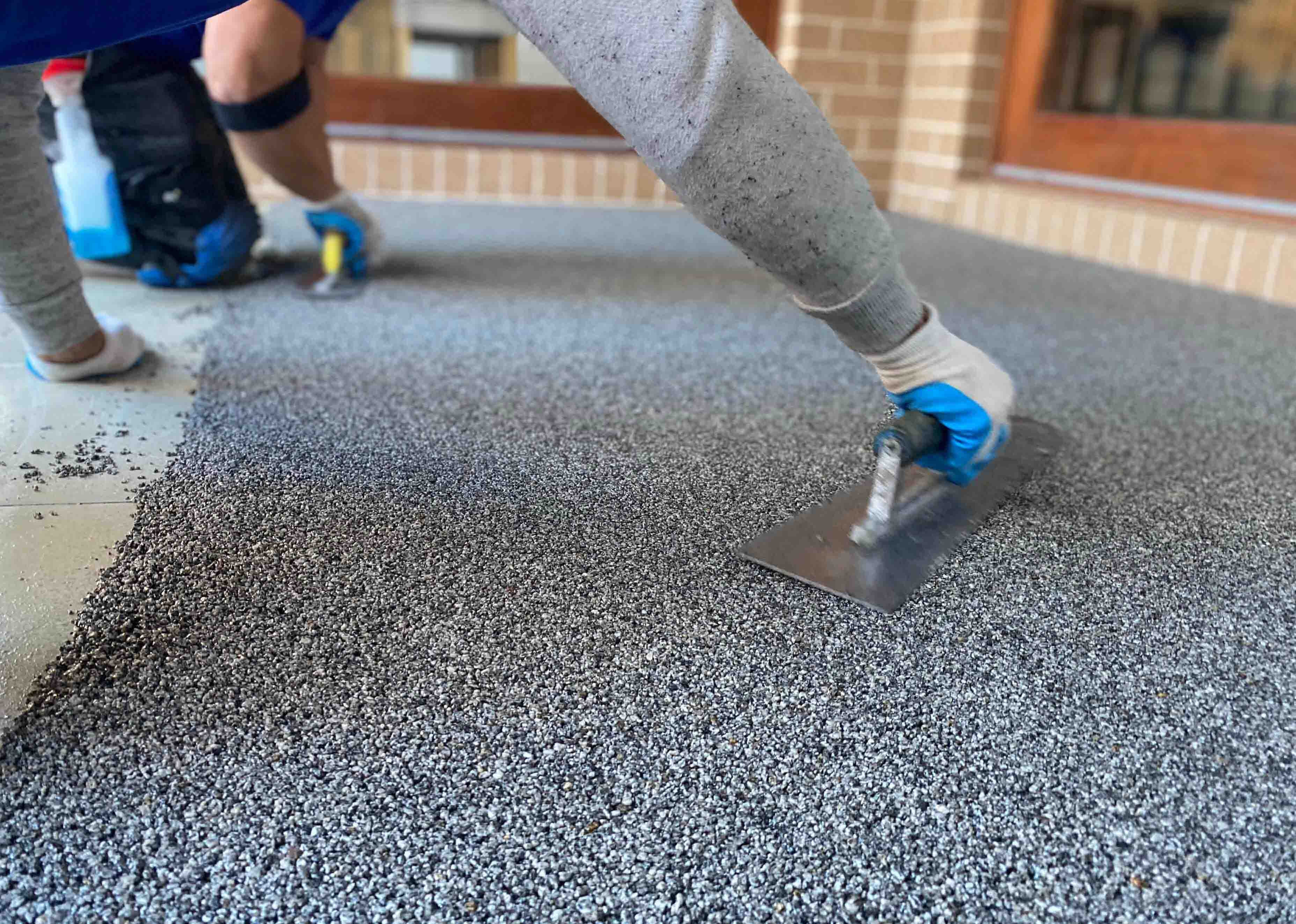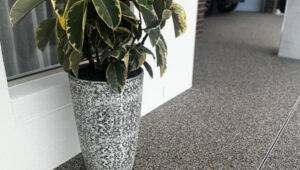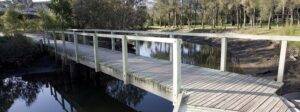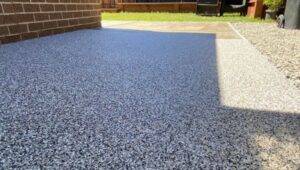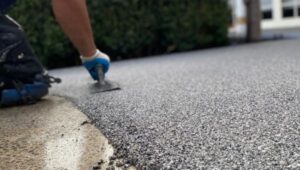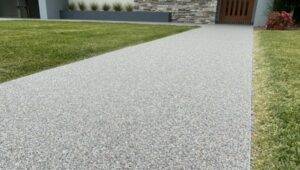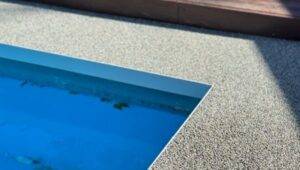Learn how to resurface your concrete driveway resurfacing to enhance curb appeal, prevent hazards, and increase your home’s value.
Why Resurface Your Concrete Driveway?
Resurfacing your concrete driveway resurfacing is a smart investment for several reasons:
Increase Your Home’s Curb Appeal and Overall Value
Your driveway is one of the first things people see when they approach your home. A well-maintained and attractive driveway can significantly enhance your property’s curb appeal, making your home more appealing to potential buyers.
Repair Surface Damage
Over time, weather, chemicals, and everyday wear and tear can cause surface damage to your concrete driveway. This damage not only looks unsightly but can also lead to further deterioration if left unattended. Resurfacing helps repair and renew the surface, making it look like new.
Avoid Potential Hazards
Cracks or uneven surfaces in your driveway can be hazardous. They may damage your vehicle or, even worse, cause injury to people walking on it. Resurfacing your driveway eliminates these potential hazards, providing a safe and even surface.
Preparing Your Driveway for Resurfacing
Before you begin the driveway resurfacing process, it’s essential to prepare your driveway adequately. Follow these steps:
- Clear Debris: Remove any debris like leaves or sticks from the driveway’s surface. A clean surface ensures proper adhesion of the resurfacing compound.
- Pressure Washing: Use a pressure washer to remove dirt and grime. This step ensures that the resurfacer adheres well to the existing concrete.
- Repair Cracks and Damage: Inspect the driveway for cracks or damage. Use a concrete patching compound to repair any imperfections. Allow it to dry entirely before proceeding.
Applying the Resurfacer
Now that your driveway is prepped, you can start applying the resurfacer:
- Mix the Resurfacing Compound: Follow the manufacturer’s instructions to prepare the resurfacing compound. This typically involves adding water and mixing it thoroughly.
- Application with a Squeegee: Use a long-handled squeegee to apply the resurfacer. Begin at the top of the driveway and work your way down. Ensure an even application.
- Smoothing with a Float: After applying the resurfacer, use a concrete float to smooth out any bumps or ridges on the surface. This step is crucial for achieving a flawless finish.
- Drying Time: The resurfacer will need some time to dry completely. The drying time may vary depending on weather conditions, but it may take several hours or even overnight.
Finishing Touches
To ensure the longevity and appearance of your resurfaced concrete driveway, complete these finishing touches:
- Apply a Concrete Sealer: Once the resurfacer has dried, apply a concrete sealer to protect the surface from future damage. This step helps prolong the life of your driveway.
- Add Decorative Touches: Consider enhancing the overall appearance of your driveway by adding decorative elements. Options include stamped or stained patterns, which can provide a unique and appealing look.
- Allow Sealer to Dry: Ensure that the concrete sealer dries entirely before using the driveway again. This usually takes some time, so be patient.
FAQs (Frequently Asked Questions)
Q1: How often should I resurface my concrete driveway? A1: The frequency of driveway resurfacing depends on various factors, but on average, it’s recommended every 5-10 years.
Q2: Can I resurface my driveway myself, or should I hire a professional? A2: Resurfacing can be a DIY project, but hiring a professional ensures a flawless finish. It depends on your skill level and available time.
Q3: What’s the cost of resurfacing a concrete driveway? A3: The cost varies depending on factors like the size of your driveway, the condition of the existing surface, and the type of resurfacing you choose. It’s best to get quotes from contractors for an accurate estimate.
Q4: Does resurfacing cover all cracks and imperfections in the existing concrete? A4: Resurfacing can cover minor cracks and imperfections, but significant structural issues may require more extensive repairs.
Resurfacing your concrete driveway is a fantastic way to enhance your home’s curb appeal, protect your vehicle, and increase your property’s value. By following the steps outlined in this guide and considering professional assistance when needed, you can achieve a smooth, durable surface that will last for years to come.
Learn More: How to Resurface Your Driveway in 5 Easy Step

